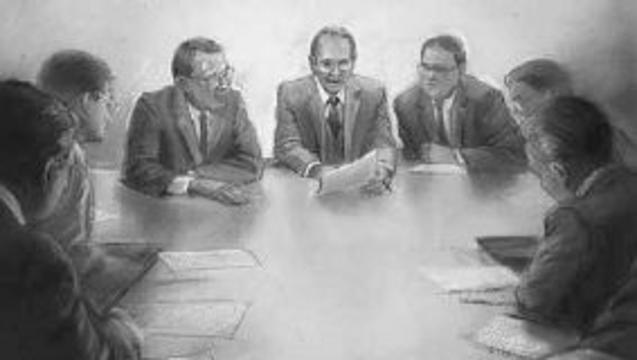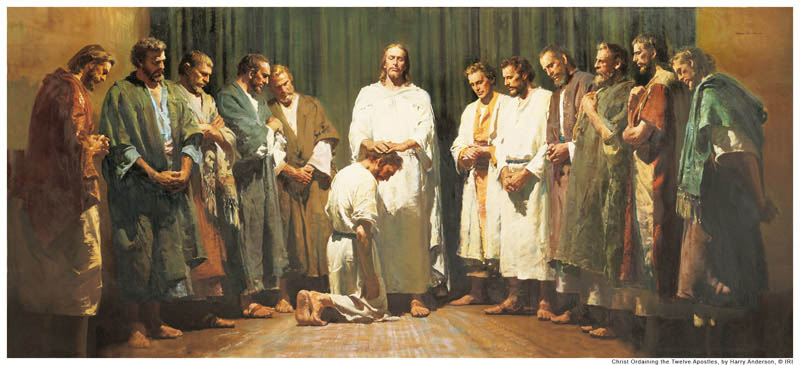Dear gramps,
The branches in the Mormon Church are lead by a president. Why do we use the name “president” for that person who was called to lead a branch? Do we find this calling during the ministry of Jesus Christ?
Paul, from Cluj, Romania
Dear Paul,
The calling of a bishop is to preside over the Aaronic Priesthood. Only high priests may be ordained as bishops. When a person is ordained as a bishop he is also set apart as the presiding high priest of the Ward in which he serves as the bishop. Thus the bishop has jurisdiction over both the Melchizedek and the Aaronic priesthood in the Ward over which he presides. When the bishop is released as the presiding officer of his ward, he retains the priesthood calling of bishop. If he were called to preside over another ward, he would be set apart as the presiding high priest of the ward and as the president of the Aaronic priesthood of that ward, but he would not be ordained again as bishop because that ordination has already been accomplished.
In the mission field, the mission president is authorized to organize the members of the Church into Branches and districts. Since in the mission field there are generally not enough members in a given location to support the full program of the Church, branches may be comprised of any small number of members that could congregate for church activity and fellowship. Although the mission president has full authority over the mission field in which he presides and can ordain brethren to the Melchizedek priesthood, he does not have carte blanche authority to ordain a person a high priest, as there is no specific function for a high priest in the developing mission field. So branches and districts in the mission field are presided over by presidents, that are called and set apart to preside, but are not ordained to a specific presiding office, such as a Bishop. (Stake Presidents are not ordained as such, but are called and set apart to that office).
Gramps







